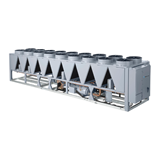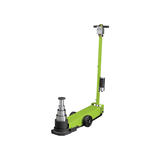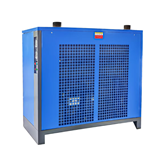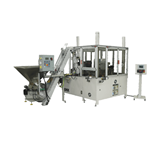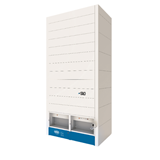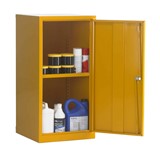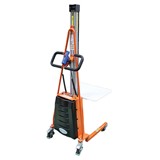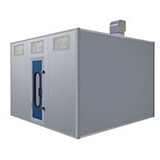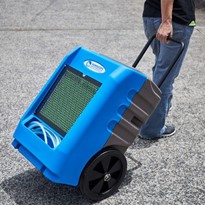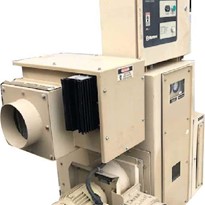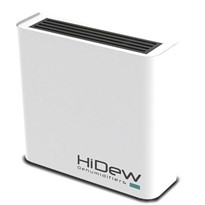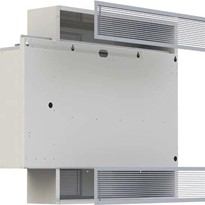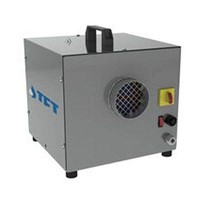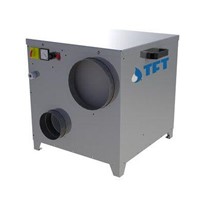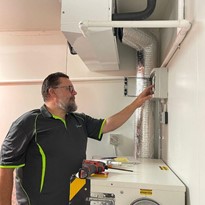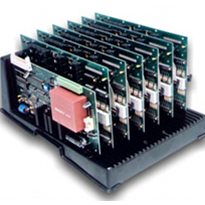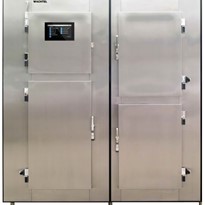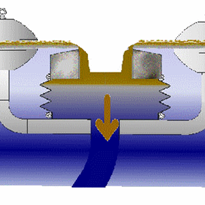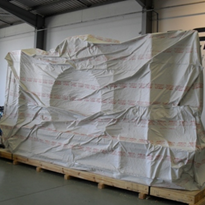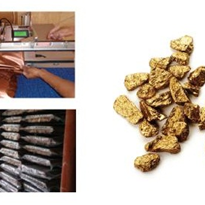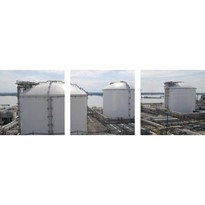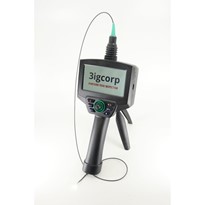Do you run a self-storage unit or warehouse? Do you store paper documents? Have cardboard boxes? Do you store dry foods, archival documents or other sensitive material?
If you do, you may have come up against moisture control issues or problems regulating and maintaining the ideal climate. Which can lead to:
- Loss of stock
- Degradation of documents and photographs
- Mould and mildew
- Corrosion and rust
- Bacterial growth.
- Cardboard boxes collapsing
Many materials are more susceptible to moisture than they are to temperature. Self-storage units or warehouse storage facilities, museums, libraries, and archive rooms can benefit from energy-efficient air treatment solutions through combined humidity and temperature control.
Why does this happen?
There is a direct correlation between high relative humidity (RH) and moisture damage to stored products. Relative humidity is the percentage of water that air holds at a certain temperature. Absolute humidity is the quantity of water vapor in a sample of air. As the temperature in the air increases, so does its ability to retain moisture.
Excess moisture in the air tends to degrade paper, cardboard, and books. Likewise, excess water vapour in the air is a real threat to the preservation of documents, artefacts, and relics.
Heating Applications for Storage
Heating to keep storage areas dry is a frequently used application but it is costly and increases energy consumption. The air has to be heated more than the ambient air temperature which means that the heating device will have to run at different temperatures during different seasons.
The Best Solution
Depending on your specific needs a Refrigerant or Desiccant Dehumidifier is the most cost effective, energy efficient and stress-free solution. Both remove moisture from the air.
Desiccant dehumidifiers produce dry air. The RH can be controlled, and a consistent optimal humidity level is maintained regardless of seasonal variations. It reduce the moisture from the air by removing its water - thereby creating unvaried humidity all year round. This reduces the heat in the room along with your energy consumption.
Refrigerant Dehumidifiers work in a similar way to refrigerators. It is an energy-efficient application that actually targets the moisture in the atmosphere.
It works by drawing moist air over a refrigerated coil with a fan. The cold evaporator coil of the refrigeration device condenses the water, which is removed, and then the air is reheated by the condenser coil. It then releases warm, dry air back into the environment at a controlled, comfortable humidity level.
The Best Dehumidifier
Investing in a dehumidifier can protect your inventory from corrosion, rust, mould, mildew, and rot and ensure a longer life. Store or archive your documents in libraries, galleries, and museums safely.
Humiscope offers storage and preservation solutions through energy-efficient dehumidification technology. We create a controlled environment and fix any issues in low or humid temperatures. Humiscope can design the space, install and maintain desiccant and refrigerant (mechanical) dehumidifiers.


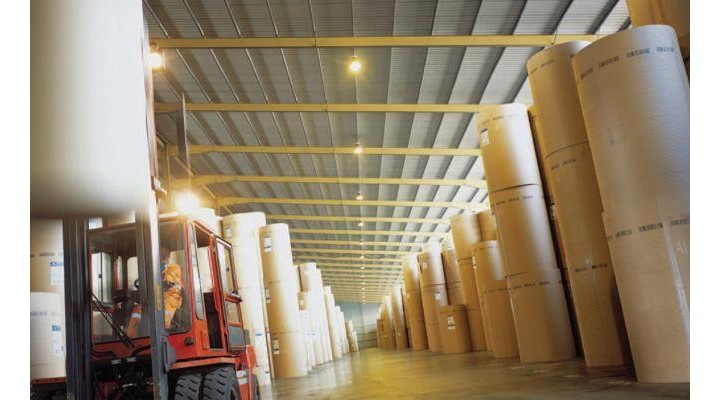
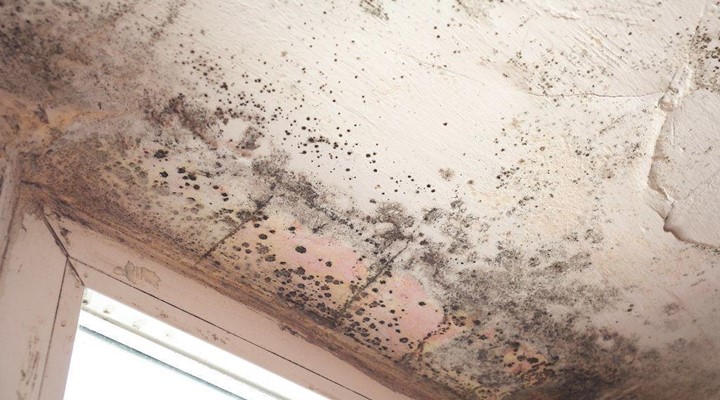
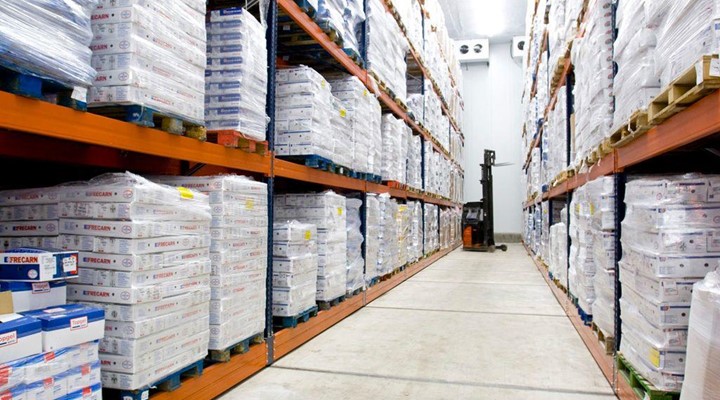

-160x160-state_article-rel-cat.png)
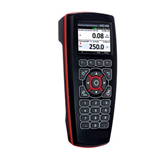
-160x160-state_article-rel-cat.jpg)


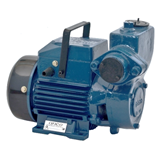
-160x160-state_article-rel-cat.png)
-160x160-state_article-rel-cat.png)


